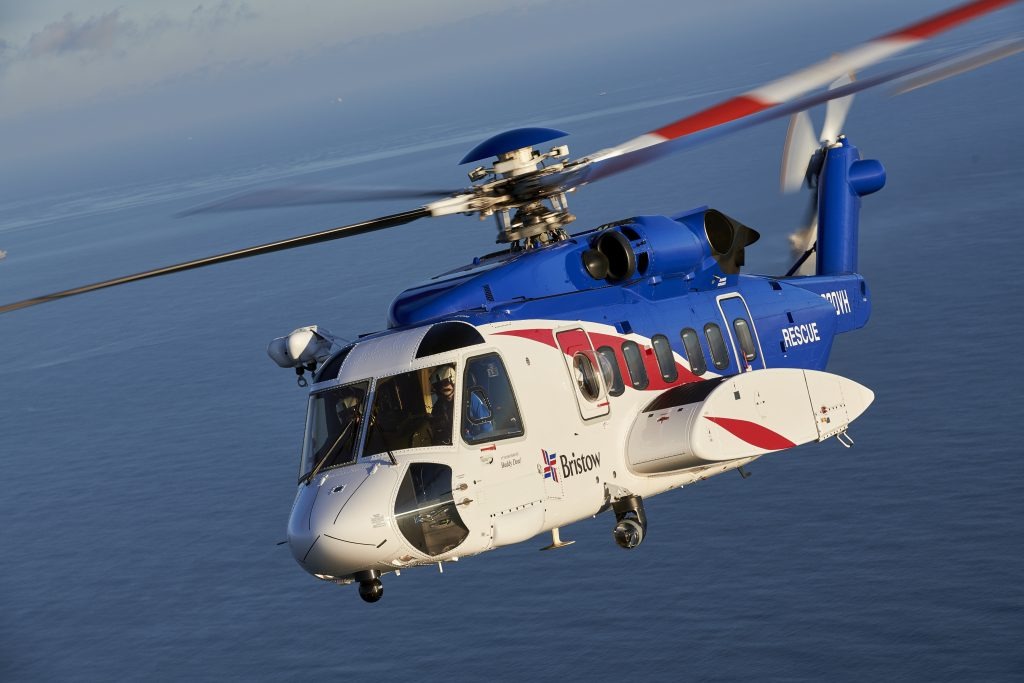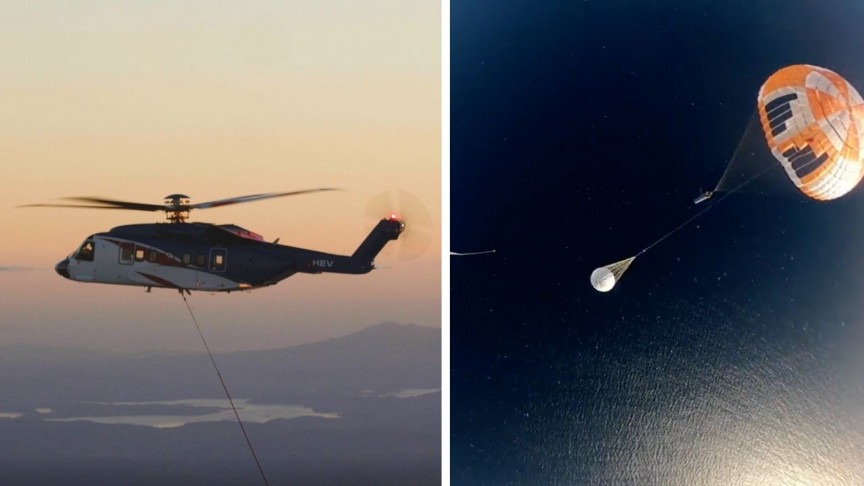The American aerospace firm Rocket Lab has released a short video showing how it catches a rocket using a helicopter as part of the There and Back Again program. The title was taken from John Tolkien’s book of the same name about the Hobbit from The Lord of the Rings. In a video posted on Twitter, the company announced that the team is still conducting trial captures on the layout of the first stage. The training flight before the real launch showed a successful result.

Cheap alternative to the SpaceX Falcon 9
Rocket Lab plans to launch an Electron carrier rocket with a height of 18 meters to launch commercial satellites. Unlike the Falcon 9 and SpaceX, the relatively smaller Electron is not capable of performing a soft landing using engine thrust. Instead, a series of maneuvers will be performed in the first stage to help the stage body withstand intense heat during re-entry into the atmosphere. Where necessary, thermal protection and aerodynamic brakes have been added. At the last stage of the return, the parachute will slow down the descent.
While we await ideal weather conditions for #ThereAndBackAgain, the recovery team has been conducting capture tests using a stage 1 mass simulator. Our pilots make this look easy! ???????????? pic.twitter.com/1r6PZvzBni
— Rocket Lab (@RocketLab) April 26, 2022

The California firm states that the upcoming mission is “the next important step in the company’s development program to create a reusable Electron rocket.”
Risky operation to capture the rocket
A specialized Sikorsky S-92 helicopter with two powerful engines, which is usually used for transporting oil and gas, as well as for search and rescue operations, will take part in the capture of the rocket. During the Electron launch, the helicopter will be waiting 280 km off the coast of New Zealand. Its task is to catch the first spent stage of the rocket, which will separate from the second stage carrying the payload in 2 minutes 60 seconds after launch.

After separation, the first stage will begin to fall and deploy parachutes to reduce the descent speed to about 36 km/h. The helicopter must catch the carrier rocket in the air with a hook, clinging to the parachute sling, before it falls into the water. After the successful capture of the rocket, the Sikorsky S-92 is transported to a special ship that will take it back to the Rocket Lab production complex for analysis and reuse attempts.
Launch with 34 satellites on board
The launch, which was postponed to the evening of April 29 due to bad weather, would be the company’s 26th space launch. In one flight, the rocket will launch 34 satellites into a sun-synchronous orbit. But this will be the company’s first attempt to reuse the first stage of the Electron rocket to reduce the cost of space launches.
According to Republicworld
Follow us on Twitter to get the most interesting space news in time
https://twitter.com/ust_magazine
